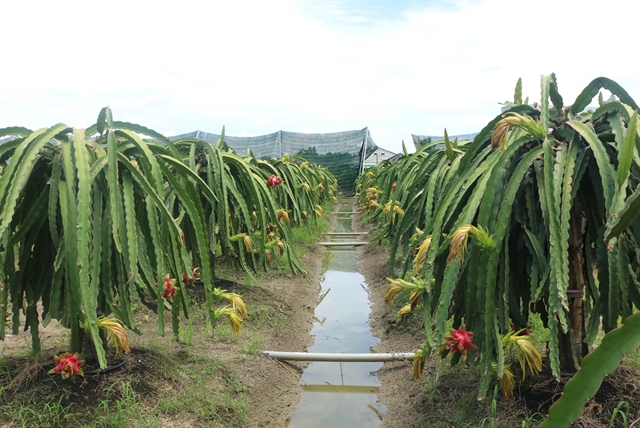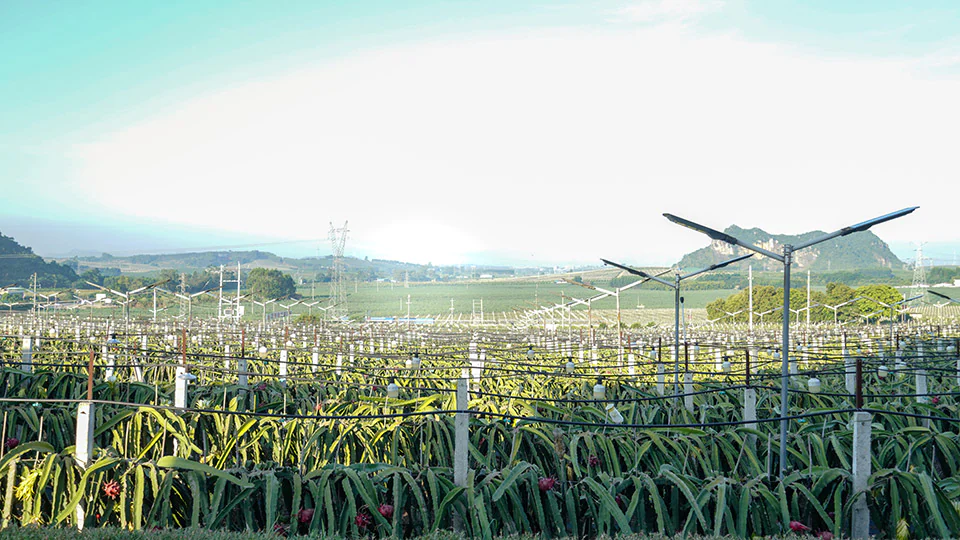In the realm of horticulture, mastering the intricacies of watering techniques for dragon fruit cultivation is paramount. This enigmatic fruit, revered for its exotic allure and nutritional benefits, thrives under specific environmental conditions and precise irrigation practices. Let’s delve into the depths of water management in dragon fruit cultivation, exploring the nuances of hydration, irrigation, and moisture regulation.
Table of Contents
Understanding Dragon Fruit: Watering Techniques for Dragon Fruit
Dragon fruit, also known as pitaya, is the fruit of various species of cactus plants belonging to the Hylocereus and Selenicereus genera. Its captivating appearance, characterized by vibrant hues and scaly skin, belies a subtle sweetness and refreshing taste. This tropical delicacy has gained popularity worldwide, prized for its ornamental value and culinary versatility.

Deciphering Water Requirements
Assessing Hydration Needs
Water requirements for dragon fruit cultivation vary throughout its growth stages, necessitating a nuanced approach to irrigation. During the establishment phase, young plants require ample moisture to foster root development and acclimatize to their environment. As the plants mature, their water requirements become more moderate, with fluctuations influenced by factors such as climate, soil type, and seasonal variations.
Understanding Soil Moisture
Soil moisture plays a pivotal role in water management for dragon fruit. Well-drained soil is essential to prevent waterlogging, which can lead to root rot and other moisture-related ailments. However, maintaining adequate soil moisture levels is equally crucial, particularly during flowering and fruiting stages, to ensure optimal growth and yield.

Implementing Irrigation Techniques
Drip Irrigation: Precision and Efficiency
Drip irrigation emerges as a preferred technique for dragon fruit cultivation, offering precise water delivery directly to the root zone. This method conserves water, minimizes runoff, and reduces the risk of fungal diseases associated with overhead watering. By strategically placing drip emitters along the base of each plant, users can tailor irrigation schedules to meet specific water requirements while promoting efficient water utilization.
Mulching: Retaining Moisture and Suppressing Weeds
Mulching serves as a complementary technique to enhance water management in dragon fruit orchards. Organic mulch materials, such as compost, straw, or wood chips, create a protective barrier over the soil surface, reducing evaporation and conserving soil moisture. Additionally, mulch helps suppress weed growth, minimizing competition for water and nutrients and promoting optimal plant health and vigor.

Mitigating Environmental Challenges
Addressing Climatic Variability
Dragon fruit cultivation is susceptible to climatic fluctuations, including periods of drought or excessive rainfall. During dry spells, supplemental irrigation may be necessary to meet the plants’ water requirements and prevent stress-induced damage. Conversely, in regions prone to heavy rainfall or monsoon seasons, proper drainage and soil management are essential to prevent waterlogging and root suffocation.
Frost Protection: Safeguarding Vulnerable Plants
In regions experiencing frost or sub-zero temperatures, protecting dragon fruit plants from cold stress is imperative. Frost can cause irreversible damage to tender tissues, compromising plant health and productivity. Implementing frost protection measures, such as overhead sprinklers or thermal blankets, helps insulate plants and mitigate the risk of frost damage, ensuring their survival and vitality.
Embracing Sustainable Practices
Conservation and Efficiency
Sustainable water management practices are integral to the long-term viability of dragon fruit cultivation. Users can adopt water-saving technologies, such as soil moisture sensors and weather-based irrigation controllers, to optimize water usage and minimize waste. Additionally, integrating rainwater harvesting systems and graywater recycling initiatives further enhances resource conservation and environmental sustainability.
Organic Approaches: Harmony with Nature
Organic farming principles align seamlessly with dragon fruit cultivation, emphasizing soil health, biodiversity, and ecosystem resilience. By eschewing synthetic fertilizers and pesticides, users prioritize environmental stewardship and promote natural balance within the orchard ecosystem. Organic amendments, such as compost and biofertilizers, nourish the soil, fostering robust plant growth and vitality while minimizing negative impacts on water quality and ecosystem health.
Conclusion: Cultivating Excellence through Water Management
In conclusion, mastering water requirements and techniques for dragon fruit cultivation is a multifaceted endeavor, requiring careful consideration of environmental factors, irrigation methods, and sustainable practices. By prioritizing soil moisture regulation, implementing efficient irrigation techniques, and mitigating environmental challenges, users can cultivate thriving dragon fruit orchards that yield bountiful harvests while preserving water resources and promoting ecological balance. As stewards of the land, it is our collective responsibility to embrace conscientious water management practices and nurture the growth of this botanical marvel for generations to come.
